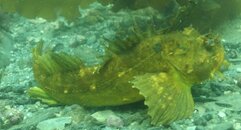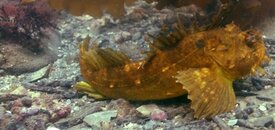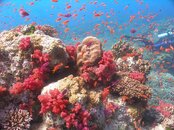jarhed
Contributor
herman:No doubt filters have their place but for general UW photography I just don't see the need. They reduce available light by a stop or 2, just when you need it most and unless your close to the ideal depth and light conditions for the particular filter you have installed your going to have to adjust the photo in Photoshop anyway so why bother with the filter. Then there is the problem of having the filter on when it's not needed, like shots on the boat before or after the dive or when that friendly dolphin decides to come up to you at the surface. Might as well just learn to use manual white balance and spend the $30-40 the filter cost on a good photo program which your going to need regardless of whether you have filter or not.
Not really the case, particularly if your camera only shoots jpeg. because jpeg is a compression, when a software program like photoshop opens it up, it will convert it to a an editable format, then once changes are made, it is usually saved back to a jpeg format for printing and is thus re-compressed resulting in some loss of data. depending on the amount of data that you start with, this can have a noticable affect on your picture quality.
If you can shoot RAW files, then I highly reccomend this option, as it allows you to make lossless changes in PS with greater flexability regarding exposure corrections etc, but I still stry to shoot pictures that don't need post processing.
Now, I have my own goals when shooting photographs, and strive to limit post processing by using the best tools to get the best picture directly from the camera.
Regarding the manual vs auto white balancing, when using the magic filters, you do white balance with depth to get the right color in the photograph. There is also an auto version that works with the auto white balancing of the camera to adjust for depth. overall I get spectacular results filters because I use them in conditions that are appropiate.
Further advantages are that in bright and relatively shallow conditions (<50ft) you can get alot more color deep into your pictures with little effect from the light that is lost due to the filter. a strobe will only light a few feet into the water column and regardless of post processing software, you will have difficulty recovering that (I use PS CS3 with some measure of success)
Additionally, for shallow well lit dives,you can leave the bulky strobes behind, which is nice.
Overall, in the right conditions, Filters do not limit you very much, and are very cheap compared to a strobe, cable, arms etc.
Don't get me wrong, I use strobes on more dives than I use filters, but I do like filters and they cost less than one half of a percent of my total underwater photography gear cost.
Check out the forums on wetpixel.com if your interested in learing more, there are many very good photographers there.
Take care,
John







